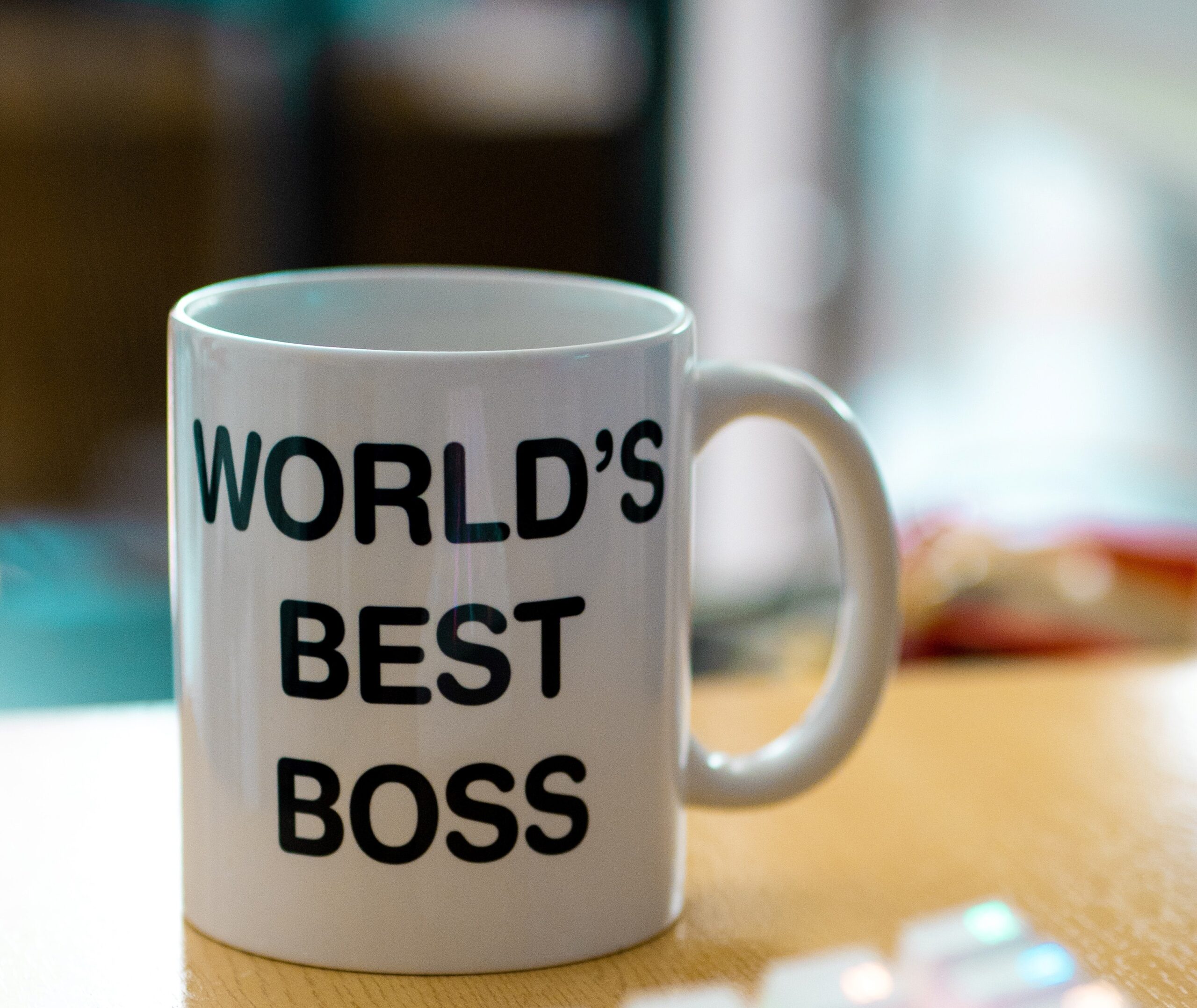

Photo by Pablo Varela
When talking with principals, particularly those who are ‘stuck’ with a particular situation/habit/need for change, the biggest road block is often themselves.
They have rational possibilities (choices) clearly in front of them but those annoying “little voices” start chattering away and they don’t take action. You can read our post Voices and Choices for more on this. (Steve and I are both guilty of this too, so I’m not taking the moral high ground here!)
A classic recent example was (ironically) at a mindfulness session where a number of principal attendees were chatting away over the lunch break. It was a beautiful summer’s day and the Pacific Ocean sat shimmering less than 200m away (cue the violins). A couple of people headed down to the sand for a walk and as they left, the conversation turned to how great it would be if we could walk/run on the beach everyday.
There was a sort of collective sigh and then people started lamenting that they didn’t have time to exercise at the moment. The word “busy” popped up a lot. Then a stirrer in the group said, “but you could if you wanted.” This was greeted with a pause, then people shaking their heads and explaining all the reasons they couldn’t. The main reason being, “what would ‘people’ think?”
And there we were – a group of smart, organised adults, who knew that exercise was important, yet choosing not to do what we rationally knew was healthy . . .
I’ve been part of these conversations many times over the years with many different groups of school leaders.
Which brings us to the point of this post – exactly who gives you permission when you make decisions? If you’ve read The Forty Hour Principal, you will know the passage below:
. . .
History –
“Mum, can I have another biscuit?”
“Mrs Reitana, can I skip homework this week?”
“Professor Brown, can I submit my essay late?”
Whose permission is required in your life now? (Just to be clear, we’re talking about your professional role – any discussion about your home life is definitely above our pay grade and willingness to risk comment, but the basic principle is the same if you’re feeling adventurous.)
The only reasonable answer is – yours.
We’re not arguing that there aren’t any constraints on what you must do in your role. You’ve got a job description, employment contract, and the Education Act to guide you in that. What we are suggesting, is that you can give yourself permission to change the how.
And with that truth comes possibility because now you’ve potentially got both the world’s best boss or the world’s worst boss – because that person is you (thanks Seth Godin).
It’s time to negotiate some better employment conditions!
Dave





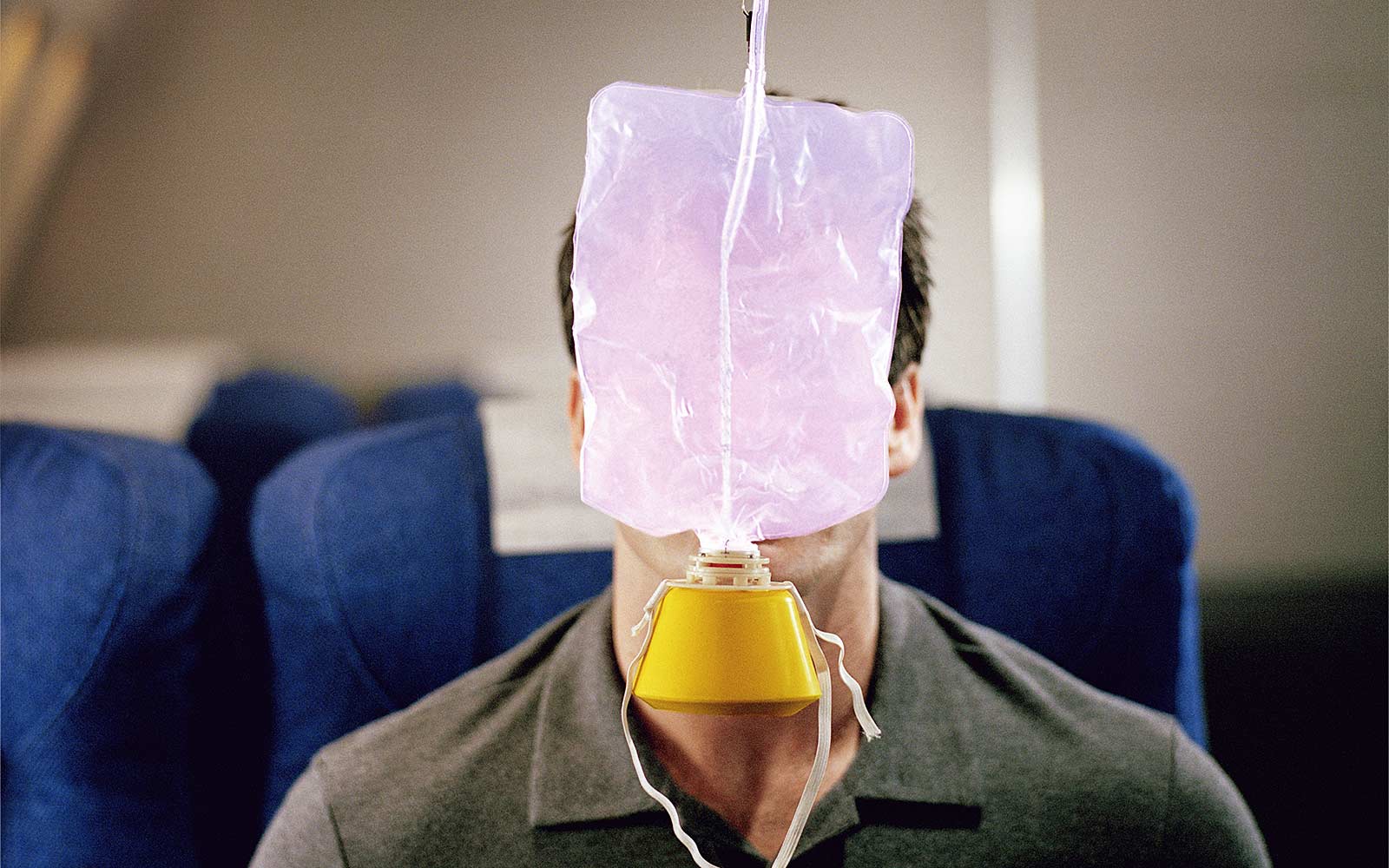



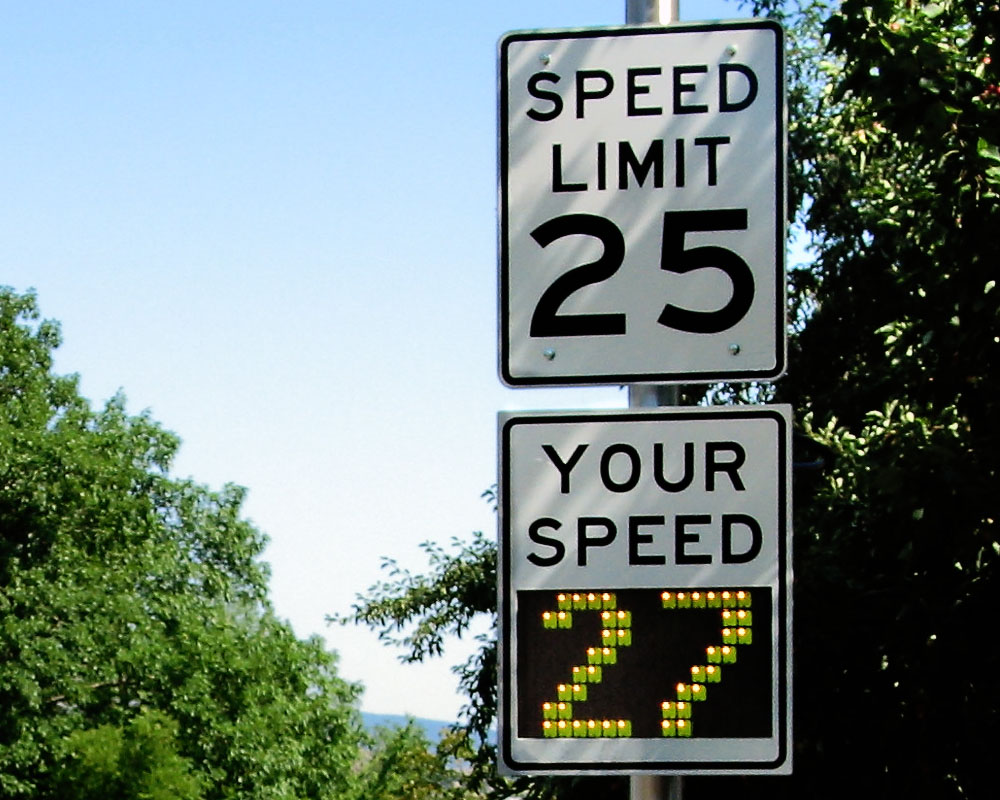



 Photo by
Photo by 



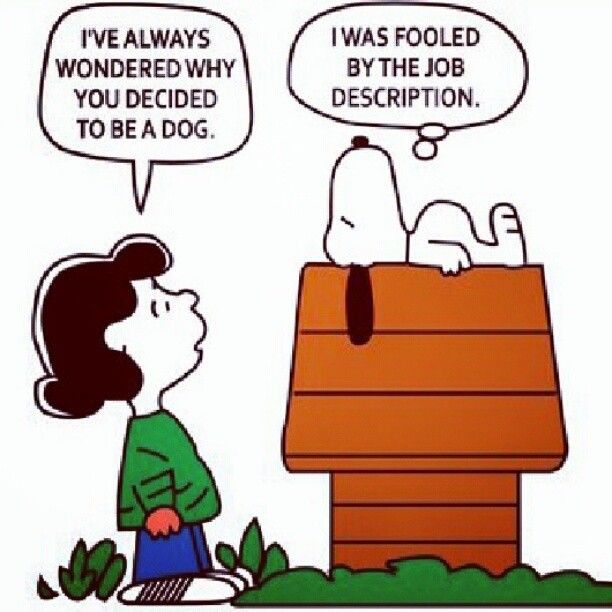


 Source pxhere.com
Source pxhere.com
 Photo by
Photo by 
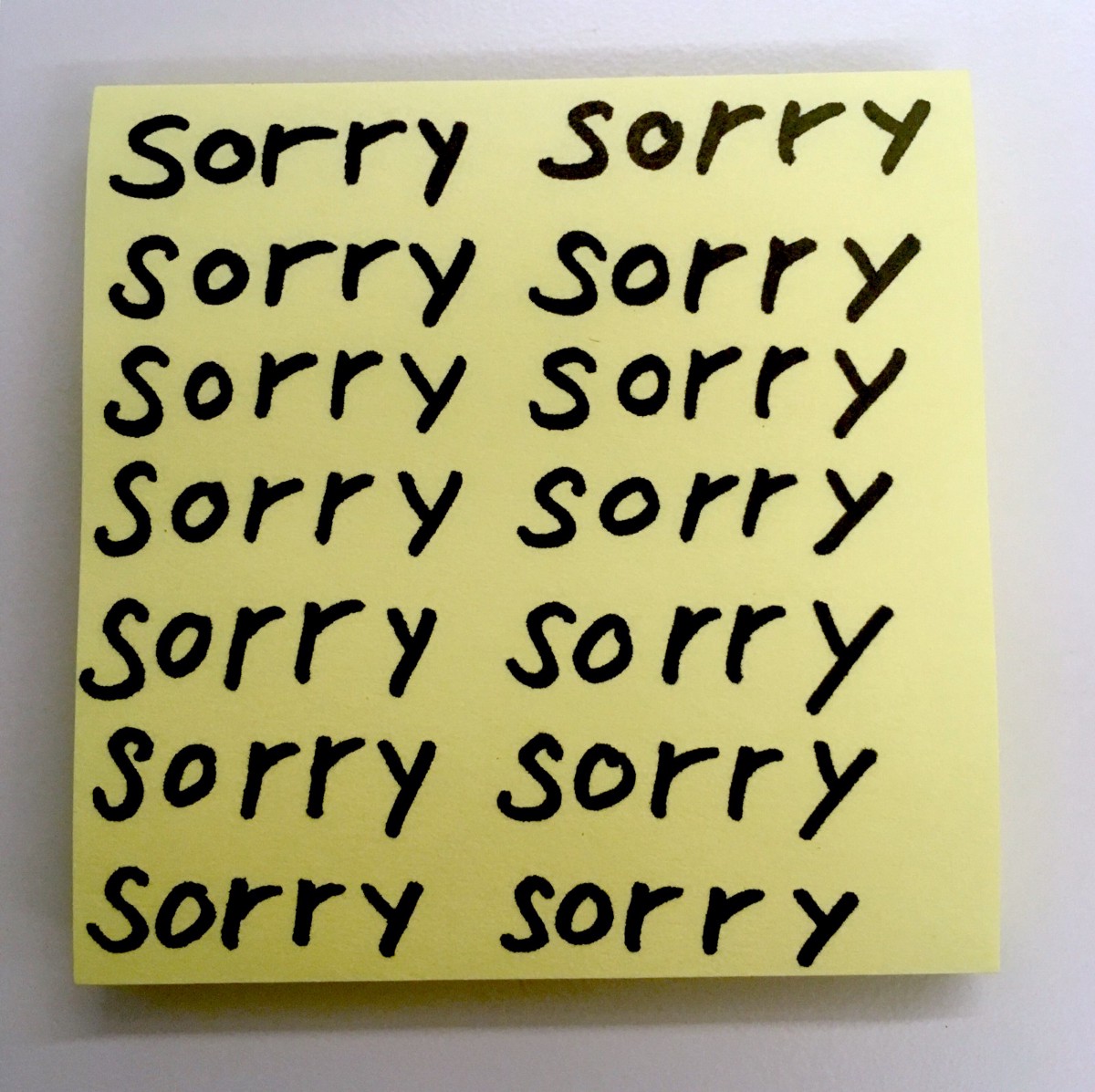


 Photo by
Photo by 



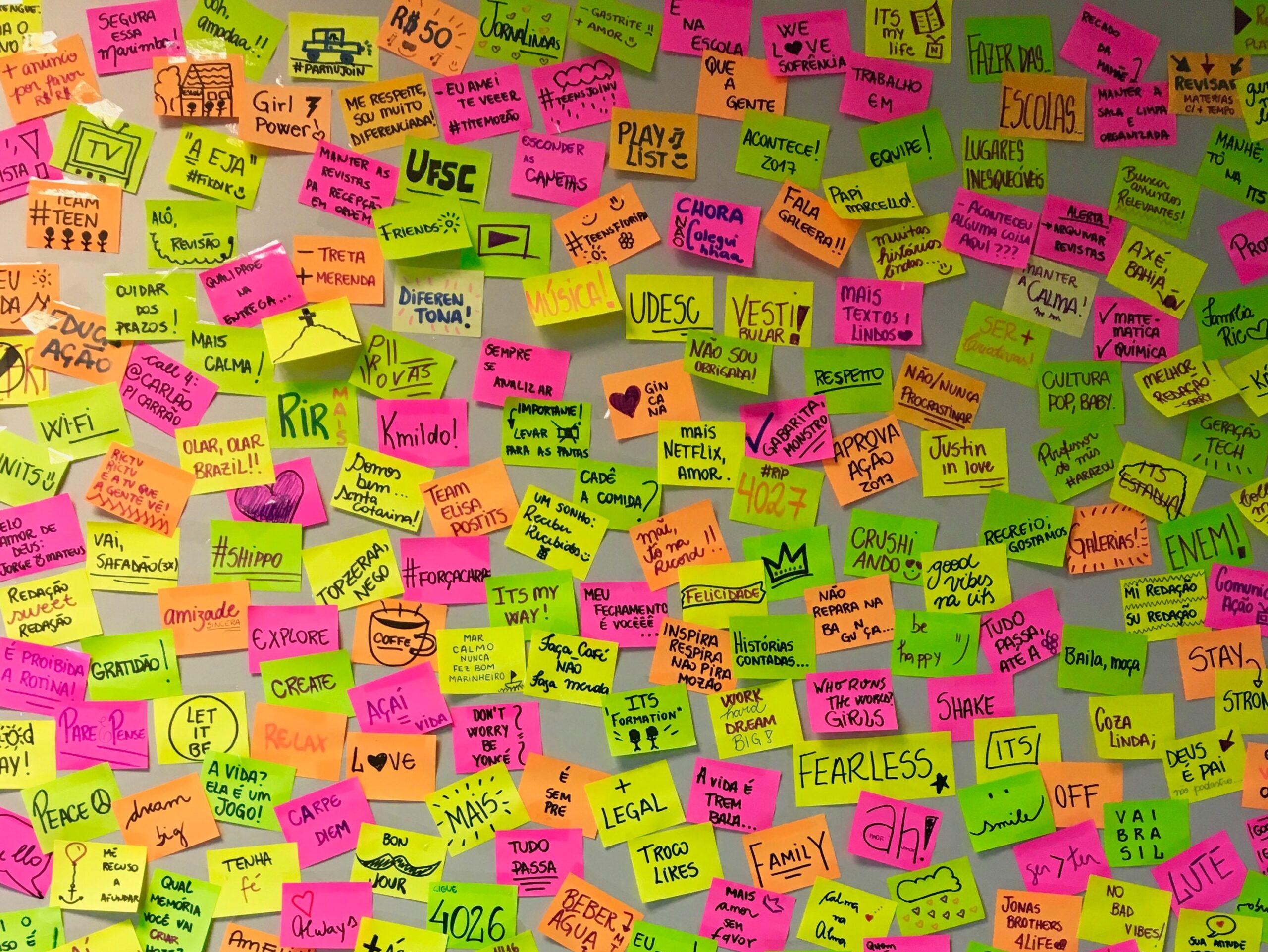
 Photo by
Photo by 
